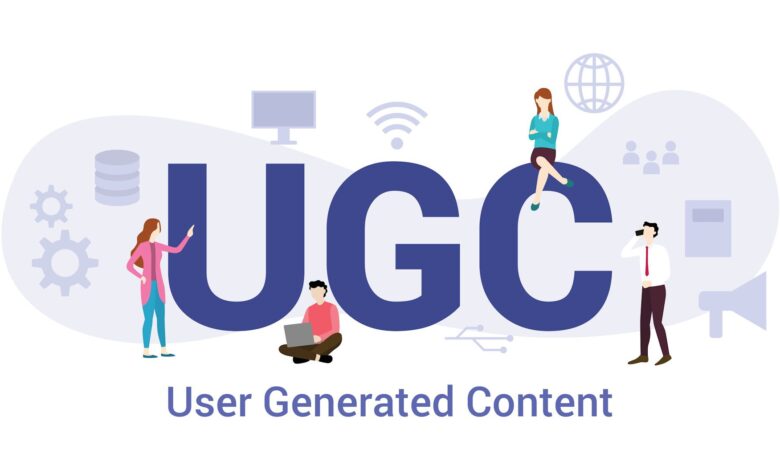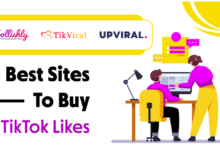Exploring The Power Of User-Generated Content In Marketing

In today’s digital landscape, where consumers are bombarded with advertisements at every turn, authenticity has become a prized commodity. Consumers are getting better and better at filtering out branded communications, which means that traditional marketing strategies are becoming less effective. Marketers in this space have found user-generated content (UGC) to be an effective strategy for reaching their audiences and standing out from the crowd. In this article from babajitone, we’ll explore the concept of user-generated content and examine its role in modern marketing strategies.
What Is User-Generated Content?
User-generated content refers to any form of content—such as text, images, videos, reviews, or testimonials—created by consumers rather than brands. This content can be voluntarily shared on social media platforms, review sites, forums, or other online communities. Unlike traditional marketing materials, which are often polished and carefully curated by brands, user-generated content is raw, authentic, and created by real people sharing their genuine experiences.
The Rise Of User-Generated Content
The prevalence of social media and the democratization of content creation tools have fuelled the rise of user-generated content in recent years. More people than ever before are able to express themselves publicly because of social media and video-sharing websites like Instagram, Tikka, YouTube, and Twitter. From product reviews and unboxing videos to travel photos and foodie posts, user-generated content has become an integral part of the online ecosystem.
Benefits Of User-Generated Content
User-Generated Content Offers Several Distinct Advantages For Brands:
1. Authenticity:
User-generated content is perceived as more authentic and trustworthy than branded content because it comes from real users who have no vested interest in promoting a product or service. This authenticity helps to build credibility and strengthen brand-consumer relationships.
2. Engagement:
User-generated content generates higher levels of engagement compared to branded content. When consumers see their peers sharing content related to a brand, they are more likely to interact with it, whether by liking, commenting, or sharing. This increased engagement can amplify the reach of marketing campaigns and drive greater brand awareness.
3. Social Proof:
User-generated content serves as social proof of a brand’s value and credibility. Prospective buyers feel more comfortable and validated when they see that other buyers have had good experiences with a product or service.
4. Cost-Effectiveness:
User-generated content is often created and shared voluntarily by consumers, eliminating the need for brands to invest significant resources in content creation. This makes it a cost-effective marketing strategy, particularly for small businesses with limited budgets.
Best Practices For Leveraging User-Generated Content
Although user-generated content has the potential to be an effective marketing tool, corporations should ensure that they treat it with care and ethics. Here are some best practices for leveraging user-generated content effectively:
Encourage Participation:
Through the use of contests, challenges, or interactive campaigns, you may actively motivate your customers to produce and share brand-related content. Provide clear instructions and incentives to encourage participation.
2. Provide Recognition:
Acknowledge and celebrate your customers’ contributions by featuring their user-generated content on your website, social media channels, or marketing materials. This not only rewards their loyalty but also encourages others to contribute.
3. Maintain Transparency:
Be transparent about how you intend to use user-generated content and obtain explicit consent from users before repurposing their content for marketing purposes. Respect their rights and privacy preferences.
4. Monitor And Moderate:
Regularly monitor user-generated content related to your brand to ensure that it aligns with your values and guidelines. Moderate inappropriate or off-brand content as needed to maintain a positive brand image.
5. Engage And Respond:
Participate in the conversation by liking, commenting, or reposting the posts of users who are creating and sharing content about your brand. This demonstrates appreciation and fosters a sense of community around your brand.
Conclusion
With user-generated content, brands can interact with consumers on a deeper, more genuine level, which has made it an integral part of the current marketing strategy. In exploring the power of user-generated content in marketing, it’s evident that a Denver digital marketing company can harness the authenticity and engagement of user-generated content to strengthen brand-consumer relationships and drive meaningful results. By leveraging the creativity, enthusiasm, and advocacy of their customers, brands can amplify their reach, build trust, and drive meaningful engagement. Brands that want to stand out in a competitive market will continue to find user-generated content to be an invaluable asset as the digital landscape changes.





